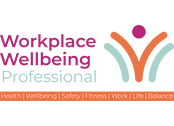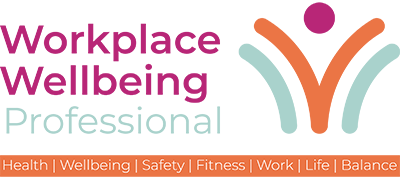Commonly known as ‘seasonal depression’ or ‘winter blues’, Seasonal Affective Disorder (SAD) is a form of depression categorised by the change in mood and behaviours with the change of the seasons. Usually, the transition into winter is the most common point. However, people can experience SAD in the transition of any season.
The Royal College of Psychiatrists estimates that around 3 in every 100 people experience significant seasonal depression in the UK.
Kayleigh Frost, Head of Clinical Services at Health Assured, comments:
SAD is a subtype of depression, so the symptoms are very much the same as those of general depression. These can include loss of pleasure or interest in normal activities, sleeping longer than normal, low energy and tiredness, feeling despair, guilt, and worthlessness.
Kayleigh Frost, Head of Clinical Services at Health Assured
Kayleigh points out how there are simple things employers can do to help support employees who are suffering from SAD.
Consider the workplace layout
Lack of natural light is one of the key reasons why people suffer from SAD. This is why it is essential to think carefully about the layout of the office and how to adjust it to suit where applicable.
Bringing natural light into the office is fundamental for anyone struggling with SAD. Place desks as close to windows as possible and try not to let anything big and bulky cover the flow of natural light.
Get outdoors
Commuting to and from work in the dark can have a significant impact on mood, not just for people who suffer from SAD. Actively encourage staff to go outside and get some daylight during their breaks. Consider walking meetings if appropriate.
Another option could be flexitime, if appropriate for your business. This allows staff to choose when to start and end their working day, while continuing to work the same number of hours. For example, an employee might work 7-3 instead of 9-5, giving them some daylight at the end of their working day.
Offer additional support
Giving employees additional support when they need it is fundamental in assisting mental well-being within the workplace.
An Employee Assistant Programme (EAP) gives workers access to counselling to help them navigate any feelings of sadness or depression. It can also outline external support that is available to employees to aid their mental health whether this be a support line or online access.
At the bare minimum, workplaces should have a dedicated mental health first aider available as a sounding board for all employees.
Focused mental health training to support the wider workforce
Workplace training is vital, and this includes mental health training. Offering this to your workforce will provide them with skills and knowledge on how to combat well-being issues, offer support and manage symptoms.
Awareness breaks down barriers of stigma and empowers colleagues to support each other from the knowledge provided by quality training.
Joanne is the editor for Workplace Wellbeing Professional and has a keen interest in promoting the safety and wellbeing of the global workforce. After earning a bachelor's degree in English literature and media studies, she taught English in China and Vietnam for two years. Before joining Work Well Pro, Joanne worked as a marketing coordinator for luxury property, where her responsibilities included blog writing, photography, and video creation.



